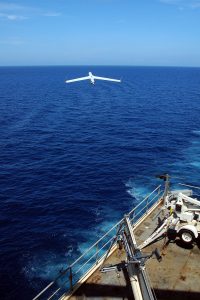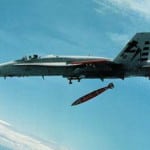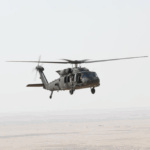
Insitu, a Boeing [BA] subsidiary, has formed a partnership with two Norwegian companies, Robot Aviation and Andøya Space, to build an unmanned aviation ecosystem made for the Arctic and High North, the company announced in a June 8 press release. “The Arctic is a place where one of the world's most inhospitable environments kind of collides with the tyranny of incredibly vast distances, right,” Dave Funkhouser, Insitu's Global Growth Executive for Northern Europe, told Defense Daily. “There's just nowhere else…













